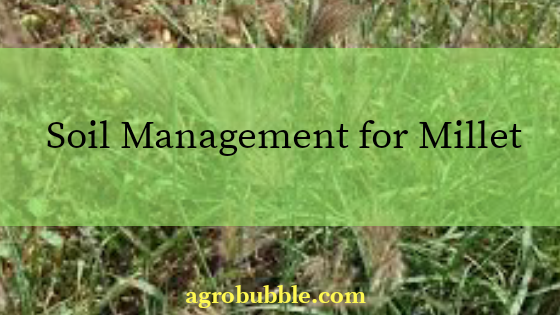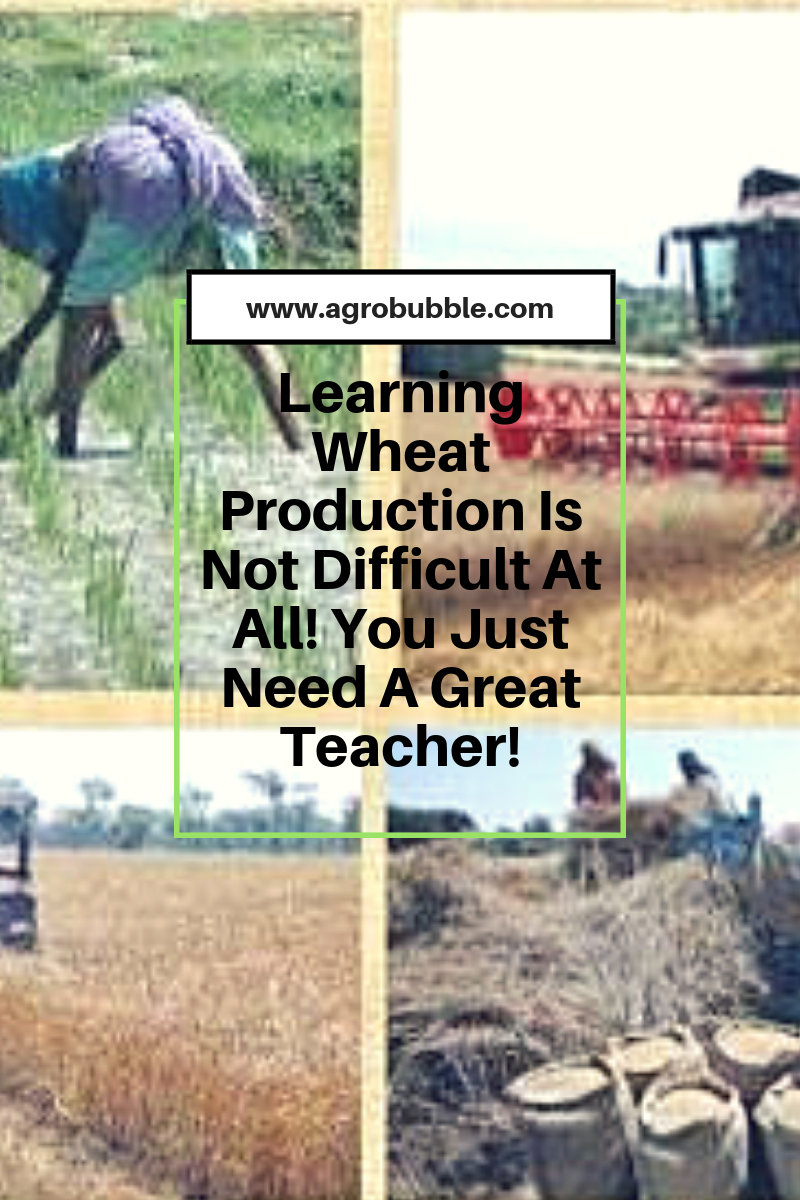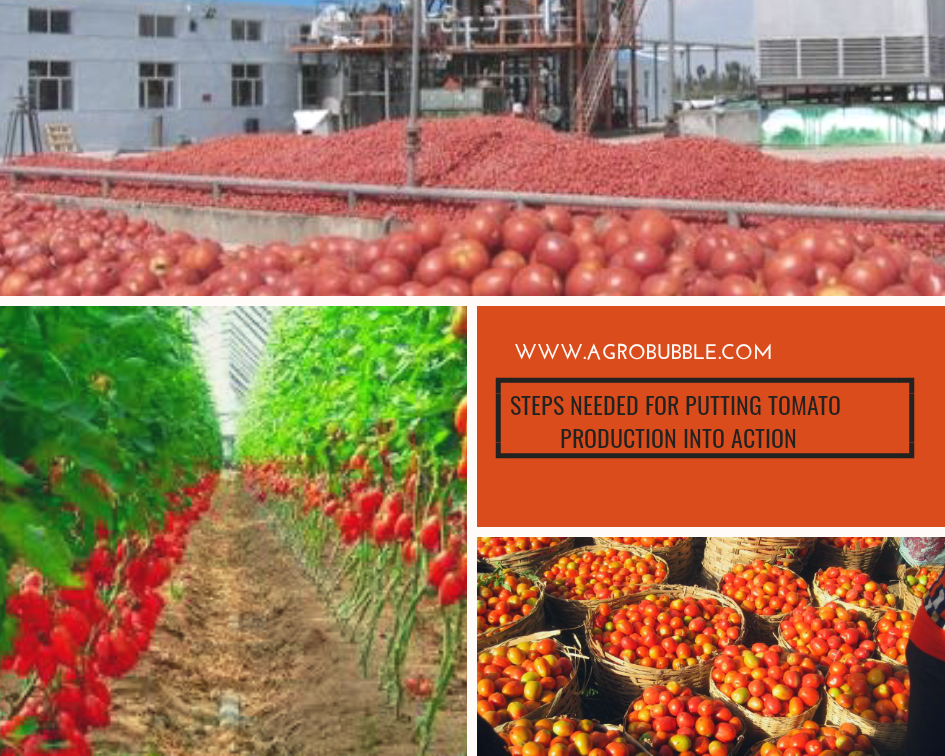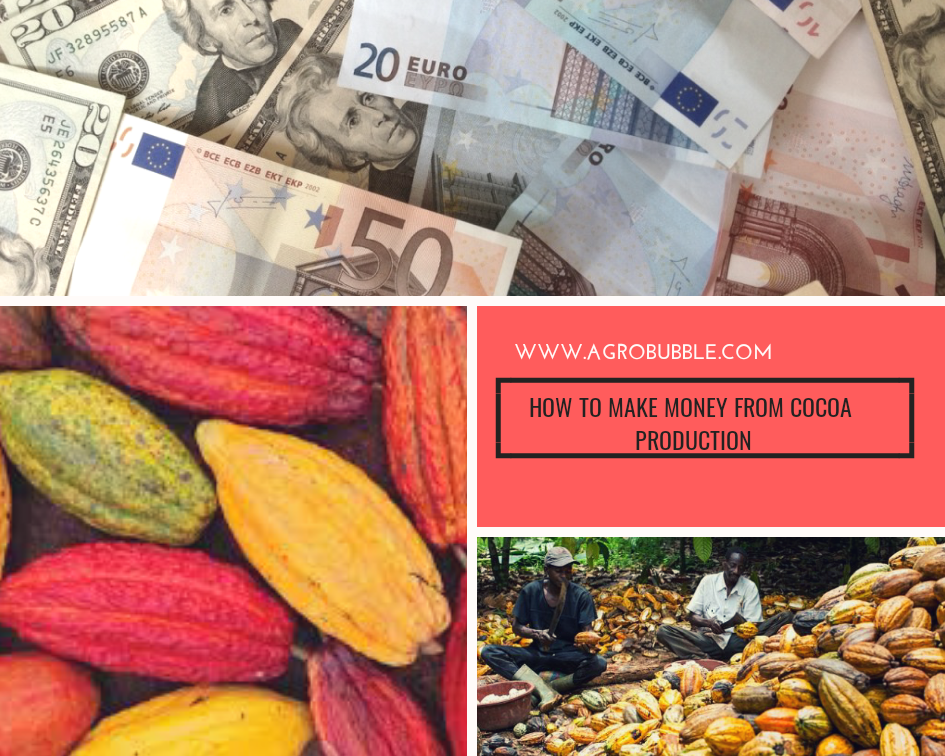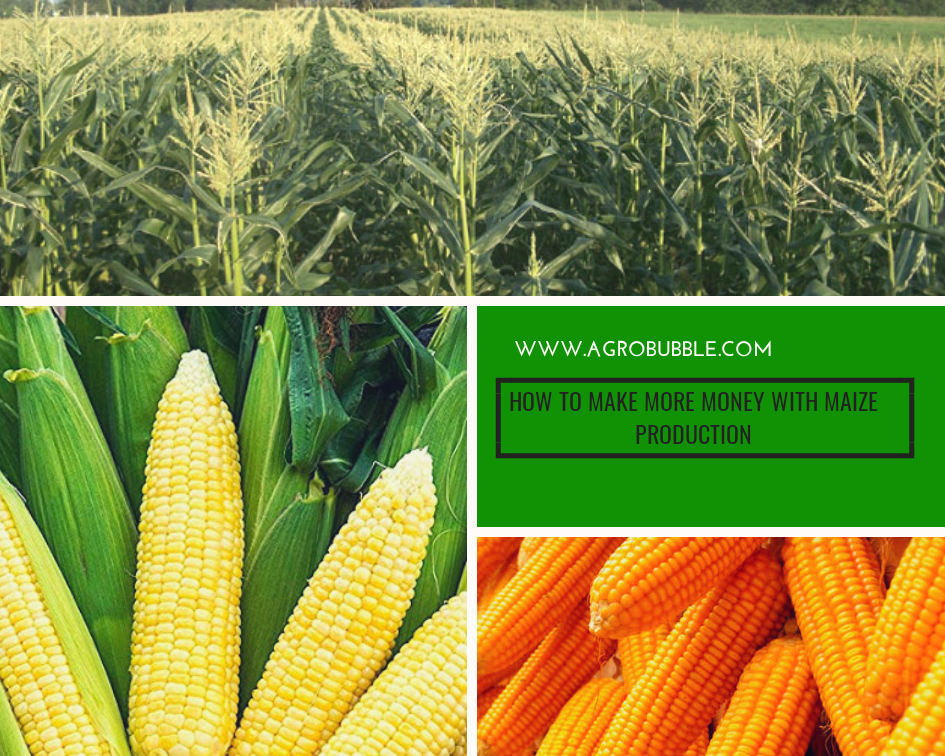Agriculture
Sorghum Production: This Is Going To Change Your Business Strategies.
Sorghum production is highly recognized as the fifth most important cereal production in the world following wheat, maize, rice and barley. So because of its drought resistivity, the production areas are mostly the drier regions. However, in recent years, maize tends to replace sorghum probably due to its value. Sorghum is used as a sample […]

Sorghum production is highly recognized as the fifth most important cereal production in the world following wheat, maize, rice and barley.
So because of its drought resistivity, the production areas are mostly the drier regions.
However, in recent years, maize tends to replace sorghum probably due to its value.
Sorghum is used as a sample food, for brewing beverages, as a livestock feed (fodder, forage or silage), for manufacturing industrial goods, as fuel and many other forms.
SITE SELECTION FOR SORGHUM PRODUCTION
Sorghum is adapted to a wide range of ecological conditions and possesses better heat resistance than any other cereal.
Select a fertile and well drained soil. Although, it can tolerate water logging soil conditions better than millet and maize.
Make sure to avoid planting sorghum after sorghum, rather form the habit of rotating sorghum with legumes or cotton where applicable.
Select a site with little or no striga.
Read Also: Wheat Production: Learning Wheat Production Is Not Difficult At All! You Just Need A Great Teacher
FIELD MANAGEMENT FOR SORGHUM PRODUCTION
Field measurement is very important because accurate field measurement will guide the farmers to know the actual area of his farm.
The use of Geographical positioning System (GPS) has simplified the rigour of land measurement.
For area calculation, select AREA, from the main menus of the GPS receiver.
Enter START, then walk around the perimeter of the farmland you want to measure.
Select CALCULATE to see the area inside the path walked through. The AREA’s unit can be converted to any unit in the GPS receiver.
LAND PREPARATION FOR SORGHUM
Sowing is done on flat land or on ridges.
In most parts of Nigeria especially, sorghum is sown on ridges and old ridges are destroyed and new ones are made in the old furrow.
Proper soil tillage is (sometimes) necessary to obtain good yields.
Good land preparation ensures that the site selected is clear of any debris or stumbles from previous crops before the onset of rains.
Gather and burn all the debris- to avoid carryover of pests and disease from the previous season.
Till the soil into smaller crumbs and in the process turn silver to cover the weeds.
Tillage may involve ploughing, harrowing and ridging.
Ploughing may be necessary after 3-5 years of continuous harrowing while harrowing and ridging are done yearly.
Ploughing is deep cultivation while harrowing pulverizes the soil and ridging helps to create a good bed for root establishment, prevent lodging, improve drainage in water logged areas and concentrate nutrients from topsoil near the crop for easy access.
VARIETIES AND SEED SELECTION FOR SORGHUM
Some of the good varieties sorghum seeds are:-
1. SAMSORG-14 (KSV-8).
2. SAMSORG-17 (SK5912).
3. SAMSORG H1-4 (Hybrids).
4. SAMSORG- 40 (ICSV-400).
5. SAMSORG-41 (ICSV-III).
6. CSR 01 (Farafara Ex Kano).
7. CSR 02 (Farafara Ex Katsina), and
8. BES.
PLANTING DATE, TIME AND METHODS FOR SORGHUM PRODUCTION
It is advisable that farmers should be able to calculate and monitor the date and time of their crops, this will help them to know their future success in each farming season.
Below are few guides to follow, in calculating the time frame of sorghum:-
Select good quality seeds treated with dressing chemicals before sowing.
Such seeds are obtainable from reputable seed companies or their agents, research institute’s and ADPs.
The best time to plant is dependent on the days to maturity of the selected variety. This is to avoid maturing during the rainy season which affects the grade of grain / seed and the cooking qualities. In dry regions, the crop should be sown as soon as the rain is established.
The recommended seed rate is 10-13kg/ha sown at 2.5 – 3.0cm deep at 75cm inter- row and 25cm intra- row spacing maintaining one plant per stand or hill.
See Also: Learn How To Make More Money With Catfish Hatching
Most times, farmers may insist on wider spacing. In this case, you then doubt the stand density to maintain the same population.
Remember that optimum plant population leads to good harvest, however, this depends upon the size of the cultivars, the amount of moisture available, the fertility status of the soil, and the number of crops grown together (this a general principle to all crops).
The frequent growing of sorghum (same with millet and maize) on the same land often leads to a build up of the parasitic striga weed population which may make further cultivation of crop impossible. Hence, the practice of crop rotation is highly recommended.
SOIL MANAGEMENT FOR SORGHUM PRODUCTION
It is important to return crop residues of the previous year into the soil where sorghum is to be planted.
It is also important to grow sorghum in rotation with legume crops to provide natural soil enrichment.
WATER MANAGEMENT FOR SORGHUM
Sorghum requires relatively less water compared to maize and rice.
It requires annual rainfall of 500-800mm.
INTEGRATED SOIL FERTILITY MANAGEMENT FOR SORGHUM
Recommended fertilizer rate per hectare is 60 kg N, 30 kg P2O5 and 30 kg K2O per hectare is recommended for optimum yield.
The fertilizer may be applied in one dose or split into two when soils are very sandy.
Apply your fertilizer on moist but NOT wet soil.
Do not apply when you anticipate rain as this may likely leach away your costly fertilizer.
WEED MANAGEMENT FOR SORGHUM PRODUCTION
In many of the sorghum growing areas, the weed population is not very intense; as a result, 2 hoe weeding (2-3 and 5-6 WAS) should eliminate weed competition.
However, herbicides such as Atrazine + Terbuthylazine @1.5-2.pkg / ha pre-emergence (3/4-1 * MTM in 10 Litre- Knapsack sprayer) can give very effective weed control.
SAFETY USE AND HANDLING OF PESTICIDES FOR SORGHUM PRODUCTION
Precautions must be followed to ensure safe use of pesticides.
Even after use, the empty containers must be disposed of very well by burying them.
Instructions as stated on the label of the pesticide must be followed while only trained personnel should apply pesticide at recommended rate.
The personnel should also wear protective clothing during application of pesticides.
HARVESTING AND PROCESSING OF SORGHUM
Harvesting of Sorghum should be done when the grains are fully matured and dry.
After that, the grains will be taken to the respective industries where it will be processed to finish goods, for manufacturing industrial goods, as fuel and many other forms.
Consumers can gain from the finished product as it will help in their daily living and good health condition.
What is your own take on this post? Use the COMMENT section below to share.

